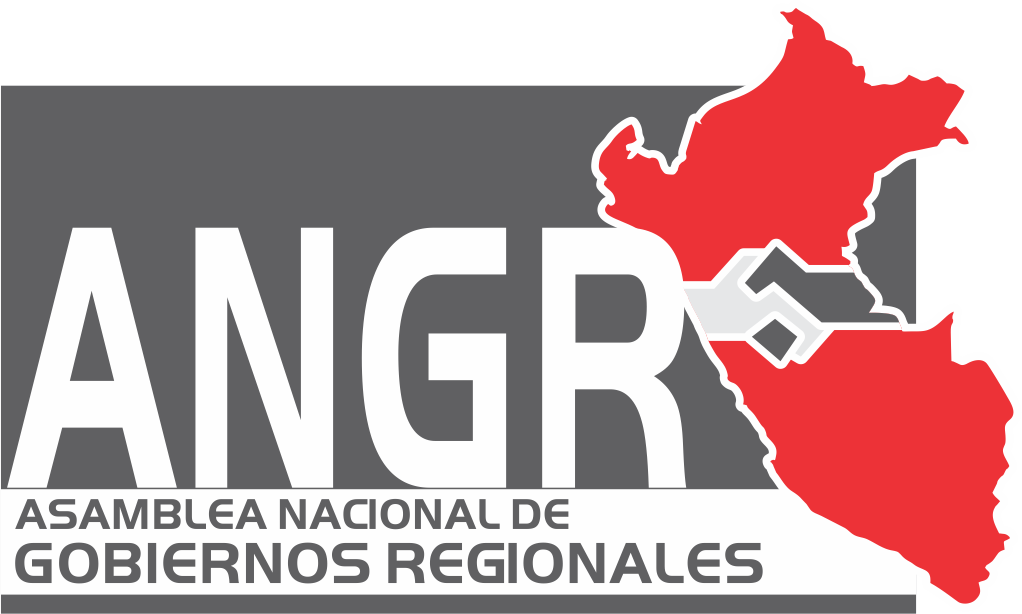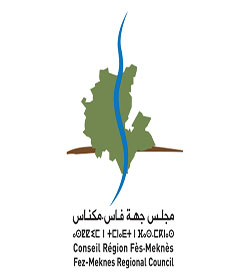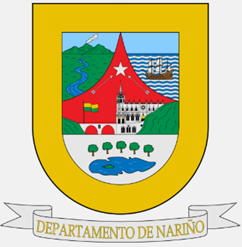Energy transition and subsidiarity. The role of the regions.
Santigo Vilanova
Journalist and environmental consultant; author, among others, of "Future European environmental policy and subsidiarity" and "Green entrepreneurs for a blue planet".
Climate change attenuation and adaptation is the greatest challenge facing humanity and, at the same time, a great opportunity for regional energy sovereignty and self-sufficiency. We are witnessing the end of a cycle called "industrial revolution". For those societies that have not managed to become fully aware of it and therefore do not have to suffer its ravages, this is an opportunity to make the leap into the solar age.
There is no economic accounting that can give monetary form to the costs of climate change. The International Energy Agency dares to point out that the energy transition to achieve carbon neutrality by 2050 will require an expenditure of 42,000 billion dollars. However, by relying on the decentralised and effective participation of regions and municipalities, it would be possible to reduce this enormous investment considerably.
What is most worrying for most of the forums debating the energy transition and climate emergency is the fact that scientists are warning us of the necessity to act quickly in order to prevent the average temperature of the planet from exceeding 2 degrees Celsius in 2030 and, by the end of the century, 5 degrees Celsius compared to pre-industrial levels. A temperature rise of this magnitude would make the world unlivable and cause hundreds of millions of climate refugees to flee to more temperate regions. Environmental engineering will not be able to stop the impact of melting ice, rising sea levels and disappearing deltas. In the first phase, heat waves, hurricanes, floods and droughts will intensify, affecting vulnerable regions and countries such as those in Southeast Asia, the Pacific and Indian Ocean atolls, Latin America, sub-Saharan Africa and the Mediterranean basin.
Each degree of temperature increase will absorb more water, leading to massive snowfalls in winter, torrential rains in spring and droughts, fires and hurricanes in summer. A meteorological "totum revolutum" of which we have already begun to see the symptoms. In the last 50 years, half of the ice masses in the volcanic mountain range of the Andes have disappeared. Tropical glaciers, mainly in the Andes, located in Peru, Bolivia, Colombia, Venezuela and Ecuador, are the most vulnerable to global warming. The melting of Bolivia's high mountains will affect hundreds of villages that depend on their water. The same thing is happening in the Swiss Alps and the Pyrenees, where only a few glaciers remain. 90% of the ice that was on Kilimanjaro in 1912 has disappeared, a phenomenon that is also occurring in the Himalayan mountains.
Another sign of climate change is the decrease in agricultural production caused by droughts and heat waves in cereal crops, which has tripled in the last 50 years (in the Mediterranean it has meant a 7% reduction in cereal production). Added to this reality is the environmental impact of nitrogen fertilisers, a bomb for human health, air, water and soil. Worldwide, 130 million tonnes of nitrogen fertilisers are marketed each year, which requires as many tonnes of oil to produce. Only half of this is absorbed by plants, while the other half is added to greenhouse gases. Let's not forget that agriculture is responsible for 12% of emissions, which will require a profound conversion of the sector towards agro-ecology. Many regions in Africa and Latin America will find organic farming a way to regenerate fields and new opportunities to create new jobs.
The pandemic we have experienced - which has severely affected Latin America, resulting in an 8-10% drop in its GDP - is directly linked to the ecological and climate crisis. Ecologists and earth scientists, marginalised from government-created advisory councils on Covid-19 which are composed of epidemiologists and doctors, have not been able to explain it in depth.
For 85% of the world, it is already cheaper to generate electricity from renewable energy. Over the past decade, the cost of solar photovoltaics has fallen by 82%, onshore wind energy by 39% and offshore wind energy by 29%. This is an ideal time for regions to encourage the creation of small and medium-sized wind farms and solar fields, as well as rooftop solar installations in cities run by neighbourhood associations, municipalities or consumer cooperatives. Their respective states will also have the opportunity to exert strategic influence on the new order by exporting green energy and controlling the new materials needed for electric mobility and digital expansion. For example: 20% of the world's lithium is found in Bolivia, but also in Chile, Argentina and Australia. By 2050, 50 million electric vehicles will be built, which will require 40 million tonnes of lithium. This is also an opportunity for the Congo with cobalt, for New Caledonia with nickel and for Greenland with rare earths.
The energy transition should also be a great opportunity to extend electrification and for Latin America to provide electricity to 24 million people and Internet access to 40 million households.
The development of renewable energy created 11.5 million jobs worldwide during 2019. In Latin America and the Caribbean, forecasts for 2030 indicate that 15 million new jobs will be generated, according to the International Labour Organisation (ILO) and the Inter-American Development Bank (IDB).
Green taxation is essential for a fair implementation of the energy transition. Taxing greenhouse gas emissions (carbon tax) and subsidising companies that demonstrate the durability of the life cycle of their products (circular economy) must be one of the objectives of regional governments.
The energy transition, on a regional scale and applied according to the subsidiarity principle, could include some of these regenerative measures: 1) Articulate a major transformative investment in the region over the next 30 years, agreed with banks and green investment funds; 2) Approve an Energy Transition law and solar energy ordinances in municipalities; 3) Allocate a percentage of the region's GDP to energy R&D ; 4) Developing a renewable energy plan, energy storage systems, new transport and mobility systems, sustainable architecture and improving industrial, agricultural and service production processes; 5) Creating distributed networks and new smart forms of energy; 6) Work on territorial planning based on the bioregion concept respecting carrying capacity and controlling the ecological footprint; 7) Develop technical driving standards to define and facilitate the reduction of consumption through process efficiency; 8) Incentivise or penalise the consumption of fossil resources through taxation, tariffs or ecotaxes; 9) Resources, if possible, should come mainly from people and organisations in the region or country; 10) Design the government in a transversal way and ensure the political management of the energy transition with a Council of Experts on Climate Change and Pandemics.
What about democratic participation, you may ask. In my opinion, regional governments should promote citizens' conventions on climate change as a way to link civil society and consumers to the revolution that the energy transition will bring about in food, transport, work, education.
Finally, let me remind you that there is, and will be, no vaccine to combat climate change. So take action and look long and hard.










































































